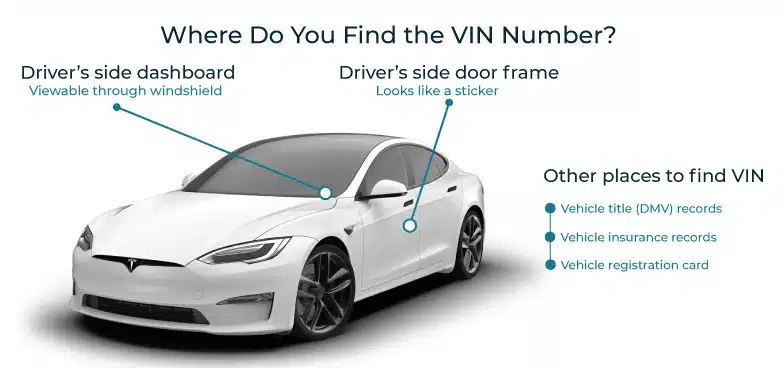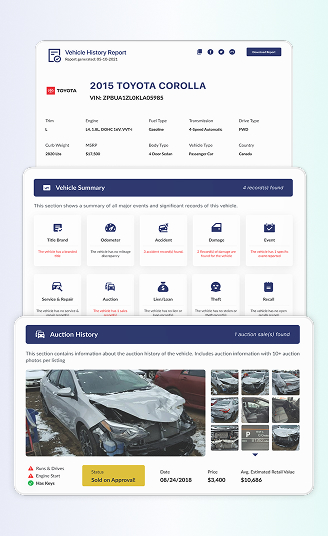
Kawasaki Recall Check
Kawasaki is celebrated for high-performance models like the Ninja and Z-series, with deep roots in motorsport racing. Yet, safety comes first. Recall checks ensure your Kawasaki remains compliant, defect-free, and road-ready. Use a VIN lookup to stay ahead of risks, secure free repairs, and preserve your motorcycle’s long-term value.
What is a Kawasaki Recall?
A Kawasaki recall corrects safety defects or compliance issues in motorcycles, engines, or utility vehicles. Coordinated with agencies like the U.S. Consumer Product Safety Commission (CPSC) or the National Highway Traffic Safety Administration (NHTSA), recalls are free to consumers and address hazards like fire or crashes.
Why You Should Check the Kawasaki Recall History?
Planning to purchase a Kawasaki? Do a recall check first. Using the VIN ensures hidden defects are fixed for free, protecting your safety and budget. Below are some reasons why you should check the recall:
Avoid Unsafe Kawasaki
Running a Kawasaki recall check can help you identify any safety issues with the motorcycle before you buy it. This way, you can be sure that you and any passengers will be safe while riding the motorcycle.
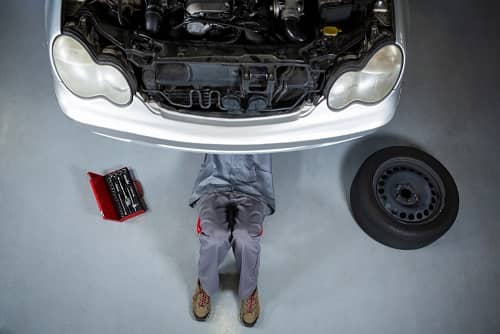
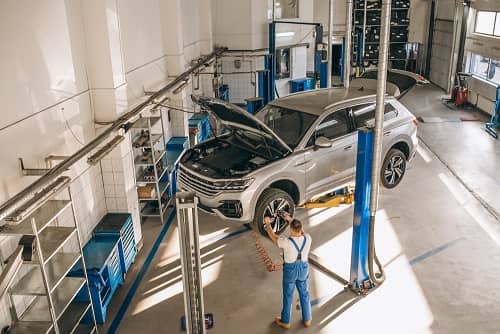
Legal Compliance
Checking a Kawasaki’s recall history is essential for safety and compliance. Manufacturers must fix defects for free, so staying proactive helps you avoid legal liability, protect resale value, and prevent insurance complications while keeping you and your passengers safe.
Check Common Safety-Related Issues
Checking your Kawasaki recall history is essential for uncovering safety issues like sudden engine seizure to damaged spark plugs. Hidden defects may not show immediately, but can lead to serious danger if ignored. A Kawasaki recall check keeps you safe, compliant, and confident every time you drive.

How to Run Kawasaki Recalls?
Get the Kawasaki recalls report in under a minute by following these simple steps below.

Locate Your Kawasaki VIN
You'll need your Vehicle Identification Number (VIN) handy. Find your Kawasaki VIN on the steering head of motorcycles or frame rails on ATVs/utility vehicles. It’s also listed in the owner’s manual, title, or insurance documents. Our lookup service works on any type of Kawasaki, classic or current.
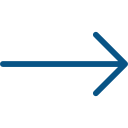

Fill in the Form
Start your Kawasaki recall check now by entering your VIN in the form above. No VIN available? Just enter your license plate number and we’ll generate your recall report instantly.


Receive Your Kawasaki Recall Report
Wait for a few moments for the Kawasaki recalls report to be generated. Once it's finished, you can get the report on the recalls.
What is on the Kawasaki Recall Check?
Detailed Vehicle History gives you instant recall answers with its Kawasaki Recall Check. Find out when recalls were announced, which parts pose risks, and what Kawasaki requires for repairs. See the full recall breakdown below:
- Date of recalls: Indicates when Kawasaki and NHTSA issued the recall.
- Affected Component: Lists the exact component, giving clarity on the defect and expected repair process.
- Consequences: The Consequences section is designed to explain why a recall matters and what could happen if owners ignore it. Ignoring a Kawasaki recall can put you at risk. Defects may cause crashes, fire hazards, or sudden breakdowns.
- Next step for the affected Kawasaki: Confirm if your Kawasaki is listed under the recall and schedule repairs. With a complete Vehicle Report, you’ll also see past recalls and repair status.
A Kawasaki vehicle history report also includes title check, theft records, auction history, and more. Review the records below:

Title Check
Don’t be fooled by appearances. A Kawasaki title check uncovers if your motorcycle is clean or previously marked salvage or rebuilt through a detailed history report.
Theft Records
Check Kawasaki theft records through DMV or NICB databases. Ensure the motorcycle is not stolen to avoid legal issues or repossession, protecting both your investment and safety.

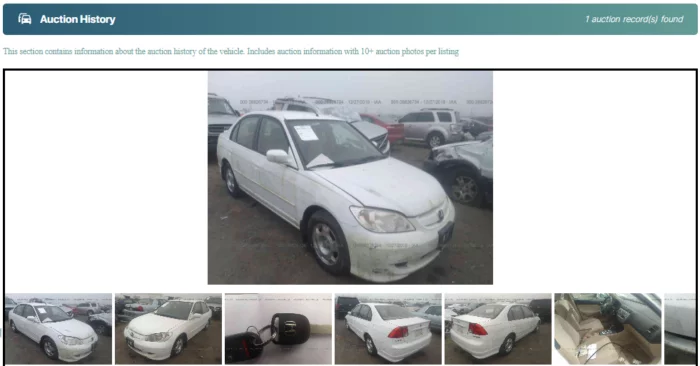
Auction History
Check whether a Kawasaki was sold at auction, including possible damage or repossession. Reports give you the auction date, price, seller type, location, and available images for a comprehensive overview.
Accident History
Check Kawasaki accident reports for crash details. Prior collisions may hide long-term problems like frame weakness or compromised safety features that could affect performance.
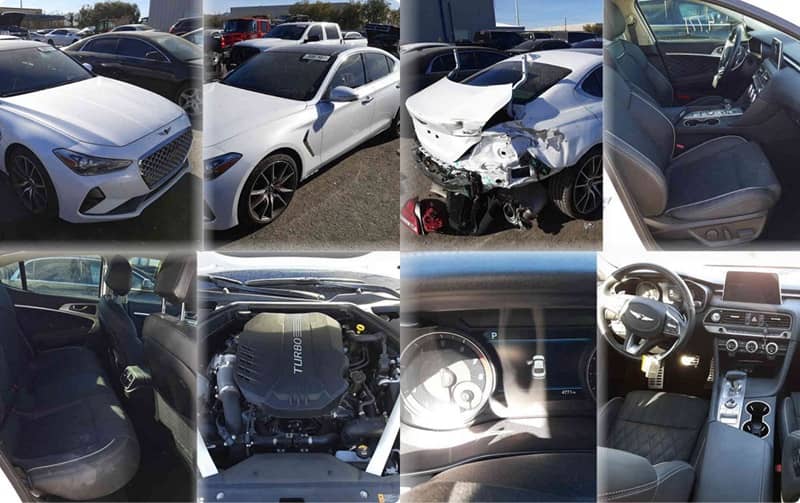

Mileage Records
Mileage fraud is common in used motorcycles. With Kawasaki history checks, confirm odometer readings from first use and protect yourself from false values.
Lien & Loan Records
Check the lien and loan history to confirm your Kawasaki has no unpaid debt attached. This prevents repossession and ensures your purchase remains financially secure and stress-free.
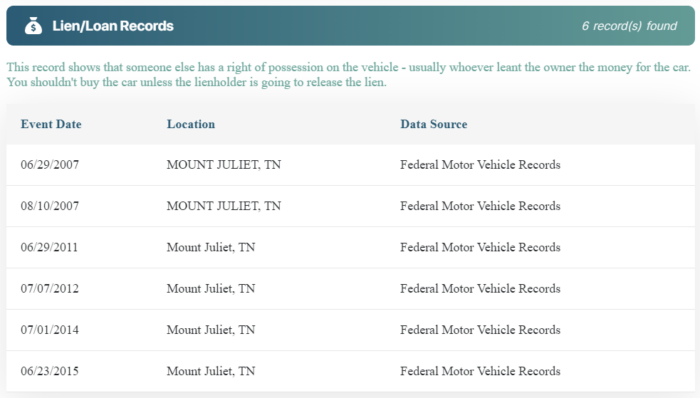
Common Issues Leading to the Kawasaki Recall
Kawasaki vehicles have faced several recalls due to safety and reliability concerns. Common issues include sudden engine seizure to damaged spark plugs. Below are some of the causes behind the Kawasaki recall notices.
Sudden engine seizure
In June 2025, Kawasaki reported that some 2024–2025 Ninja ZX-6R units may have over-torqued crankshaft bolts that can damage the crankshaft bearing, leading to engine seizure and a loss of power mid-ride with no warning. Run a Kawasaki Recall Check to confirm if your motorcycle is affected and book the free dealer repair.
Loss of clutch control
In March 2025, Kawasaki initiated a recall for 2024 Ninja 500 and Z500 models due to improperly welded clutch release shafts. The faulty weld can cause the clutch lever to break, disabling the motorcycle and increasing crash risk. Dealers will replace the part at no charge.
Damaged fuel tube
In October 2023, Kawasaki recalled motorcycles due to faulty fuel tubes, which may have been damaged during repairs. This issue can cause dangerous fuel leaks and increase the risk of fire. Affected owners are urged to stop using the motorcycles and visit authorized dealers for repairs.
Other Notable Mechanical Issues
Damaged spark plugs
A 2024 Kawasaki recall covers Ninja ZX-4R and ZX-4RR models, where spark plugs may crack during factory tightening. Riders may notice poor idling, hesitation when accelerating, or sudden engine stalls. These failures increase the chance of an accident. Dealers will replace plugs free of charge. Run a Kawasaki Recall Check to verify if your motorcycle is affected.
Understanding the Kawasaki Recall Process
The NHTSA begins the recall process by investigating reported issues. If a defect is found, the manufacturer must issue a recall. See the steps of their process below.
Report the Problem
Your report powers the Kawasaki Recall. Tell NHTSA about the safety issue via the online form; the Office of Defects Investigation (ODI) logs and analyzes complaints. If enough Kawasaki owners report the same defect, NHTSA can escalate to an investigation and recall, delivering free repairs.
Investigation
Once a complaint is submitted, the NHTSA follows a multi-step process to determine whether a recall is necessary.
- Screening: ODI reviews owner complaints and data, spotting patterns. If risks emerge, it opens investigations toward potential recalls.
- Analysis: Defect petitions are reviewed in detail. If denied, the decision and reasoning are publicly posted in the Federal Register.
- Investigate the Issues: During Investigate the Issues, ODI sends information requests, inspects components, evaluates risk; outcomes are recall, deeper analysis, or closure
- Recall Management: NHTSA ensures owners are notified and monitors repair completion rates.
Recalls
When Kawasaki identifies or is told of a safety defect or non-compliance, a recall follows. The company must alert owners and resolve it. Many recalls are voluntary, but Kawasaki is obligated to repair, replace, refund, or buy back impacted motorcycles and off-road vehicles.
How Kawasaki Vehicle Recalls Are Handled?
When a safety issue occurs in a Kawasaki, three key groups are involved in the recall process. They work together to detect defects, notify drivers, and ensure repairs are completed to keep vehicles safe.
Automaker Role
For a Kawasaki vehicle recall, the manufacturer is responsible for identifying the safety defect, reporting it to federal regulators, issuing notices to owners, and providing a free and effective remedy. Recalls are monitored by the NHTSA to ensure the manufacturer complies with all legal requirements.
NHTSA’s Role
NHTSA protects Kawasaki riders by monitoring every recall stage. It reviews consumer complaints, investigates safety issues, and requires Kawasaki to file reports within five business days. Once recalls are active, NHTSA ensures notices go to owners and remedies are delivered at no cost.
Your Role as the Vehicle Owner
Every Kawasaki recall requires owners to take action. Check recall status using your VIN with a Kawasaki Recall Check, then confirm and schedule the repair at a dealer for free repairs. Keep all notices and service paperwork. These steps not only ensure safety but also preserve the long-term value of your motorcycle.
Get the Kawasaki Window Sticker by VIN
Before you buy a used Kawasaki, unlock the Kawasaki Window Sticker by VIN and see the machine’s full story. Get exact specs, trim, original factory options, color, installed accessories, safety equipment, and the original MSRP in one clean label.
Match the seller’s claims, protect your investment, and uncover upgrade opportunities that elevate performance and style. Whether you’re comparing motorcycles or confirming your own, the sticker delivers instant confidence.
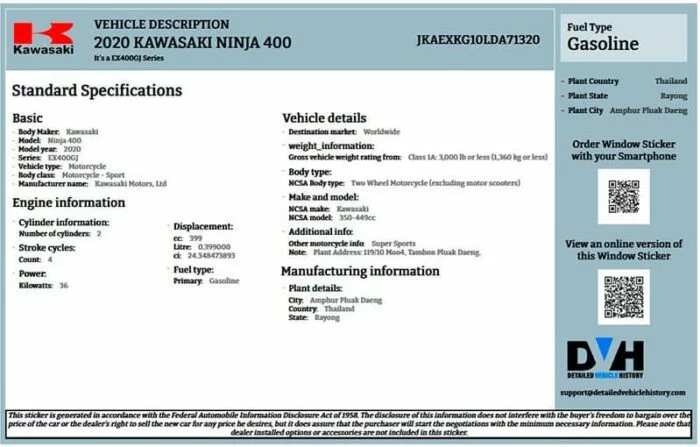
Why Use Detailed Vehicle History to Check Kawasaki Recall?
Kawasaki riders deserve more than a basic recall lookup. Enter your VIN and unlock a fuller story: open recalls, campaign status, build specs, odometer readings when available, ownership changes, title and lien checks, theft and accident history, plus auction photos when available.
We turn data into confidence. Verify the seller’s claims, spot red flags, and plan repairs or upgrades with clarity. Protect your money, and ride smarter with transparent information from one trusted source.
Recall Check For Others Manufacturers
FAQ about Kawasaki Recalls Check
How do I check if my Kawasaki has a recall?
You can search recalls on NHTSA’s site, but Detailed Vehicle History gives you the bigger picture. Alongside recall records, you’ll see ownership transfers, mileage records, title checks, theft alerts, lien status, and even auction history. A single report gives you clarity and confidence before you buy or ride.
Do Kawasaki recalls expire or last forever?
Safety-related Kawasaki recalls never expire. Whether it’s a 2024 Ninja issue or an older model, free repairs remain available. Service campaigns may differ, so confirm details with your dealer or via a Kawasaki Recall Check.
Are Kawasaki recalls free for owners?
If your Kawasaki has a recall, the repair is free. Whether it’s a motorcycle, ATV, or engine. By law, manufacturers must fix safety-related defects at no cost to owners.
What is the failure rate of Kawasaki engines?
The failure rate of Kawasaki engines is estimated at around 15%, ranking them mid-pack for motorcycle reliability. In real-world use, many riders praise Kawasaki for longevity and consistent performance, though issues like overheating or stalling are occasionally reported.
What is the problem with the 2025 Kawasaki models?
Kawasaki engines have an estimated 15% failure rate, ranking mid-range among motorcycle brands. Recent recalls in 2025 for the KX450 series (gear failure) and Ninja ZX-6R (bearing seizure) highlight risks but also Kawasaki’s commitment to free safety fixes.
Who builds Kawasaki motorcycles and engines?
Kawasaki motorcycles and engines are manufactured by Kawasaki Heavy Industries, headquartered in Japan. Its Motorcycle & Engine Company focuses on consumer products, while other divisions build ships, bullet trains, aircraft parts, and industrial equipment.
How long will a Kawasaki engine last?
Kawasaki engines are built for durability, often lasting 2,000–5,000 hours or more with proper maintenance. Oil quality, cooling, and operating conditions all play a role. Neglect or abuse, however, can dramatically shorten engine life.

